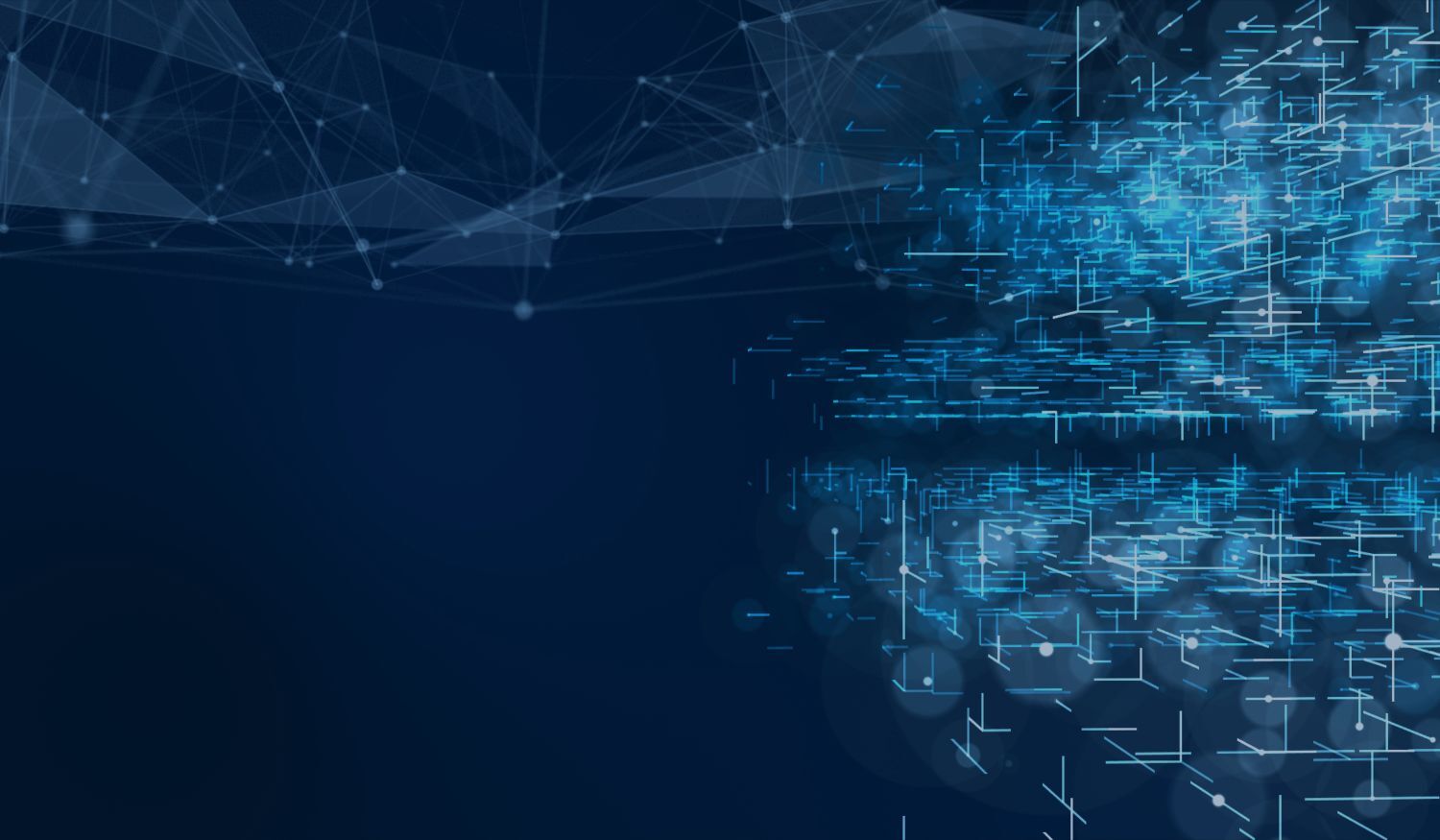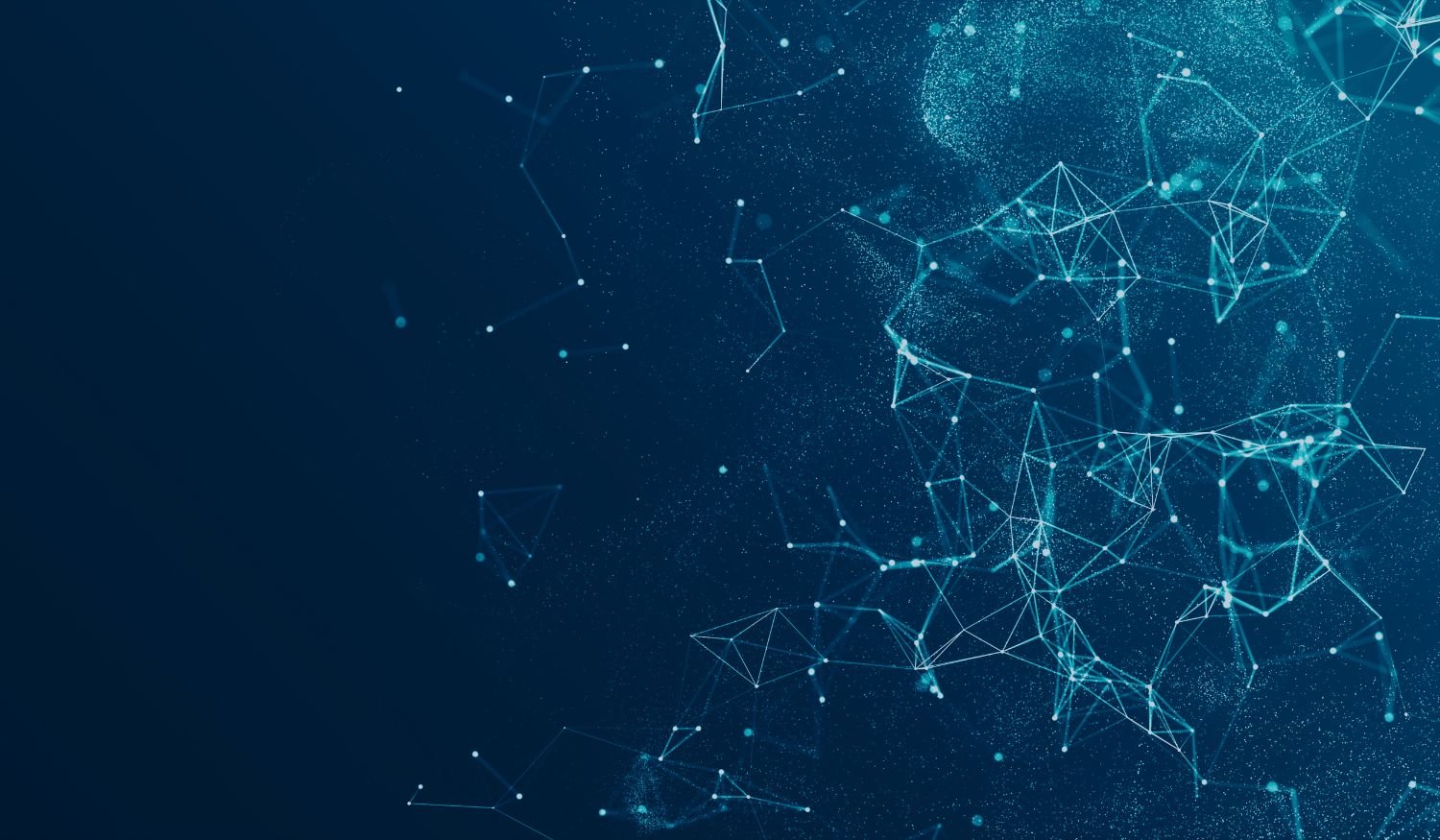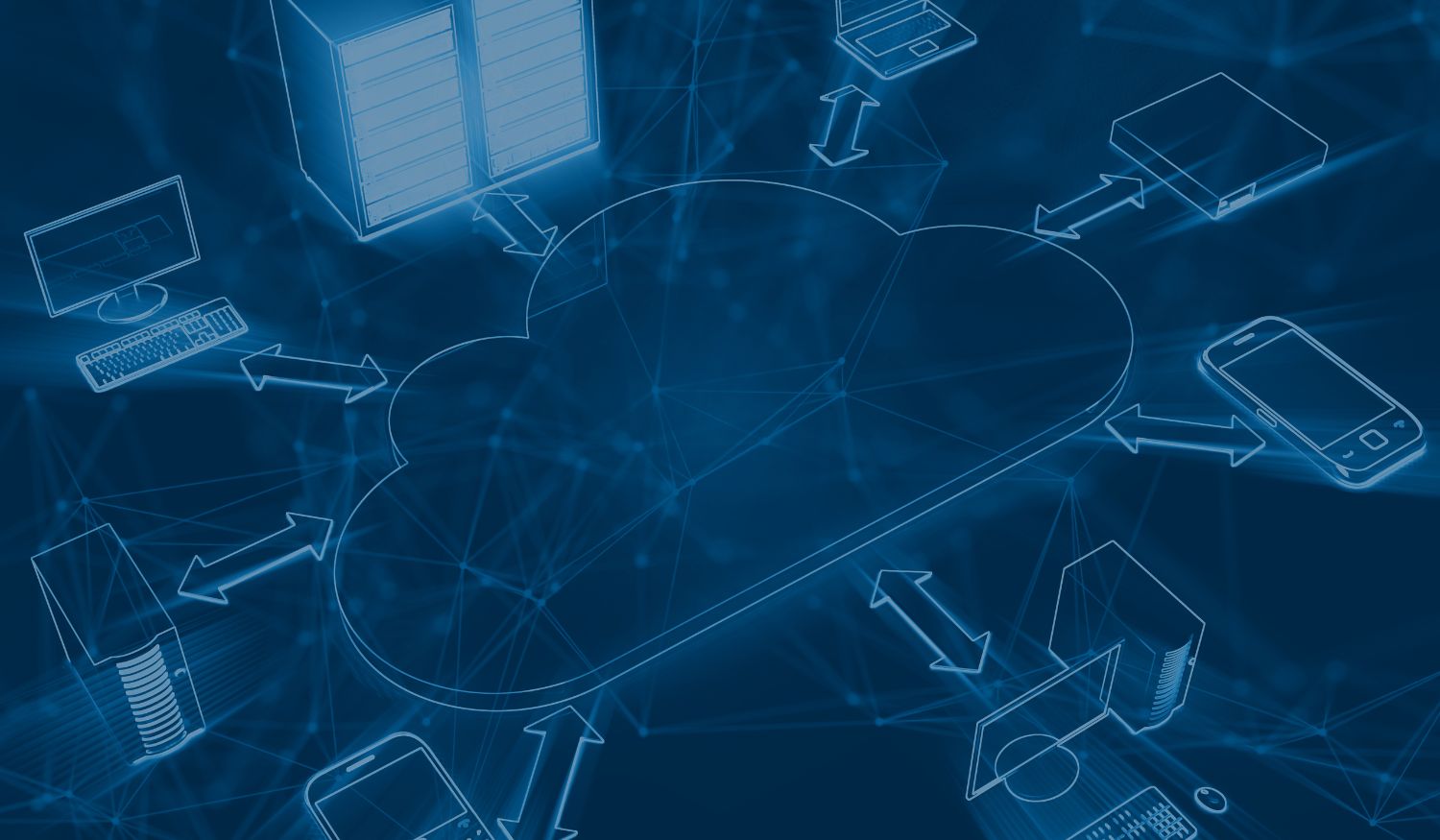An Introduction Agentic AI in Cybersecurity
Agentic AI, which refers to autonomous artificial intelligence capable of making decisions without human intervention, is set to make an impact within cybersecurity. With its ability to independently assess threats, adapt to new challenges, and operate in real-time, agentic AI may well become a cornerstone of modern cybersecurity solutions. It offers the potential to automate defenses, detect sophisticated attacks, and respond dynamically to threats.
What is Agentic AI?
Agentic AI is characterized by its ability to make decisions without direct human oversight. The term "agentic" comes from the concept of an "agent," which in AI refers to an entity that can perceive its environment, process information, and perform actions to achieve its objectives. These agents are equipped with algorithms that allow them to respond dynamically to inputs from their environment, learning from past experiences to improve performance over time.
Shavit, Yonadav, et al. state in their research paper for OpenAI, ‘Practices for governing agentic AI systems’, that this makes “agentic AI distinct from more limited AI systems (like image generation or question-answering language models) because they are capable of a wide range of actions and are reliable enough that, in certain defined circumstances, a reasonable user could trust them to effectively and autonomously act on complex goals on their behalf.” The result is a system that can function with greater flexibility and intelligence, making it ideal for complex and unpredictable environments.
Agentic AI in Cybersecurity
In the context of cybersecurity, agentic AI functions as an independent decision-maker that monitors networks, analyzes data, and takes proactive measures to safeguard systems. It can operate without human input, acting autonomously to detect threats, mitigate risks, and adapt to new forms of cyberattacks.
The cybersecurity landscape is increasingly defined by the speed and complexity of modern threats. Traditional security systems rely on pre-set rules and manual responses, which are often too slow or limited in scope to keep pace with sophisticated attacks. Agentic AI, by contrast, can quickly learn from its environment, identify patterns, and make decisions in real-time to counter emerging threats. Its ability to act autonomously allows it to respond to attacks more effectively than human-managed systems.
The 2025 Cyber Security Tribe annual report revealed how organizations (within our community) have not yet implemented Agentic AI with only 1% of respondents currently using it, however, with 59% of organizations classing it as a work in progress, 2025 looks set to be the year for the adoption of Agentic AI within cybersecurity efforts.
Core Technologies Behind Agentic AI in Cybersecurity
Agentic AI's autonomy in cybersecurity is powered by several advanced technologies. These include machine learning, behavioral analytics, and anomaly detection, all of which contribute to the AI’s ability to learn, adapt, and act in dynamic environments.
Machine learning is a key component, enabling agentic AI systems to analyze vast amounts of data and detect patterns that might indicate a cyber threat. These systems are designed to constantly refine their models based on the data they process, allowing them to improve over time. This learning ability is crucial in cybersecurity, where new threats and attack techniques are constantly emerging.
Behavioral analytics allows agentic AI to monitor user behavior and detect anomalies that may suggest malicious activity. By establishing a baseline of normal behavior within a network, agentic AI can flag deviations that might indicate a potential breach, such as unauthorized access or unusual patterns of data usage. These insights enable the system to take action autonomously, such as isolating a compromised device or restricting access to sensitive data.
Anomaly detection is another critical capability. Unlike traditional rule-based systems that rely on predefined indicators of compromise, agentic AI can detect previously unknown threats by recognizing abnormal patterns in network traffic or user behavior. This allows agentic AI to identify and neutralize zero-day vulnerabilities, phishing attacks, or malware that has not yet been cataloged by conventional security tools.
Applications of Agentic AI in Cybersecurity
The integration of agentic AI into cybersecurity systems is driving innovation across several domains. From threat detection to automated incident response, these autonomous systems offer a range of applications designed to improve the security posture of organizations.
- Agentic AI Automated Threat Detection
One of the most significant applications is automated threat detection. Traditional security solutions require constant manual updates to keep up with new threats, which can be time-consuming and prone to error. Agentic AI, however, is capable of continuously learning from new data, and Calypso AI, a leading technology provider for AI Security and Enablement states how, “an agentic AI-driven security system could detect unusual network activity and autonomously isolate affected devices to prevent a breach without requiring human approval or engagement.” Agentic AI can autonomously identify malware, phishing attempts, and network intrusions by analyzing real-time data and recognizing unusual patterns of behavior.
- Agentic AI Automated Incident Response
Agentic AI is also being used for automated incident response. Aisera, an AI technology solution provider states how “Agentic AI can automate the incident response process by triggering predefined protocols when an incident occurs. The AI can notify team members, initiate rollback procedures, and generate comprehensive incident reports, ensuring that all relevant details are captured and tracked.”
In addition to this, when a potential breach is detected, agentic AI can take immediate action to contain the threat, such as blocking malicious IP addresses, quarantining affected systems, or revoking access credentials. This swift response is critical in preventing attackers from gaining further access or exfiltrating sensitive data. Moreover, because agentic AI can act without waiting for human approval, it can mitigate threats more quickly than traditional methods.
- Agentic AI Predictive Analysis
Predictive analysis is another valuable use of agentic AI in cybersecurity. By analyzing historical data, these AI systems can predict future attack patterns, helping organizations prepare for potential threats before they occur. For example, agentic AI can analyze past breaches to identify trends and vulnerabilities that could be exploited in future attacks. This proactive approach enables security teams to reinforce defenses and implement countermeasures before an attack happens.
Leading AI thought leader Serkan Ibrahim states "the application of AI for agents whether attended, whereby the bot is giving next best action advice as well as help with wrap-up notes as well as automated discussions needs, will both provide significant opportunities for performance optimisation. However, this does require an intermediary evaluation of given solution to ensure guardrails. Considerations include the explain ability of associated models, as well as protection against prompt injection, bias and limitation of hallucinations."
Challenges and Ethical Concerns
While agentic AI holds tremendous potential for improving cybersecurity, it also presents several challenges and ethical concerns. One of the most significant issues is the question of accountability. If an agentic AI system makes an incorrect decision that leads to a data breach or compromises a network, who is held responsible? This issue is particularly relevant in high-stakes environments such as government or financial institutions, where security failures can have far-reaching consequences.
The autonomy of agentic AI also raises concerns about unintended consequences. Since these systems make decisions independently, there is always a risk that they may misinterpret data or prioritize the wrong objectives. For instance, an AI system could mistakenly flag legitimate activity as malicious, leading to unnecessary disruptions in service or unwarranted disciplinary actions.Bias in AI models is another concern. Since agentic AI systems are trained on historical data, they can inherit biases that may skew their decision-making. Chandrakant S Harne puts forward the point in his LinkedIn article that “Agentic AI systems can perpetuate biases present in their training data and algorithms, leading to discriminatory outcomes.” For example, if an AI system is trained on data that reflects biases in how certain groups are treated, it may disproportionately flag users from those groups as potential security threats. This can have serious implications for fairness and discrimination in cybersecurity practices.
The issue of transparency also looms large. As agentic AI systems become more complex, understanding how they make decisions becomes increasingly difficult. Security teams may struggle to explain why a particular action was taken or how an AI system reached a certain conclusion. This lack of transparency can lead to mistrust, especially in critical industries where the stakes are high.
Agentic AI and Cyber Offense
While agentic AI is often discussed in the context of defense, it also has potential offensive applications. Cybercriminals are beginning to experiment with AI-driven attacks that can independently adapt and evolve in real-time. These autonomous attacks use agentic AI to bypass traditional security defenses, evade detection, and exploit vulnerabilities with little to no human oversight.
For instance, AI-powered malware can autonomously scan networks, identify weak points, and launch targeted attacks without human intervention. These malicious agents can modify their code to avoid detection by antivirus software or firewalls, making them harder to defend against. Moreover, they can learn from previous attacks, refining their strategies to increase their chances of success in future attempts.
The rise of autonomous cyberattacks poses a significant challenge for security professionals. Defending against AI-driven threats requires equally advanced defenses, and agentic AI may play a crucial role in countering these new types of attacks. However, as both attackers and defenders begin to harness the power of autonomous AI, the cybersecurity landscape will become even more complex and fast-moving.
Regulatory and Policy Implications
As agentic AI becomes more prevalent in cybersecurity, there is a growing need for clear regulations and policies to govern its use. Governments and international organizations are beginning to recognize the need for AI-specific rules that address the unique challenges of autonomous systems. This includes issues such as accountability, transparency, and the ethical use of AI in cyber defense and offense.
Authors such as Shavit, Yonadav, et al. in their research paper "Practices for governing agentic AI systems” advocate for explainability requirements, which would ensure that agentic AI systems can provide clear, understandable explanations for their decisions. This could help address concerns about transparency and build trust in AI-driven cybersecurity solutions.
Liability laws might require updating to account for the autonomous nature of agentic AI. Determining who is responsible for the actions of an AI system—whether it’s the developer, the organization deploying the system, or the AI itself—is a complex issue that will need to be resolved as these technologies become more widespread.
The Future of Cybersecurity with Agentic AI
Agentic AI offers the potential to revolutionize cybersecurity by providing autonomous, intelligent defenses capable of responding to modern threats. As cyberattacks become more sophisticated and harder to predict, the need for systems that can operate independently and adapt to new challenges is becoming increasingly urgent. While agentic AI presents new risks and ethical dilemmas, it also offers unparalleled opportunities for safeguarding critical systems and defending against cyber adversaries.
Share this
You May Also Like
These Related Stories

An Introduction to MCP in Cybersecurity

4 Critical Data Security Questions that Organizations Must Address


